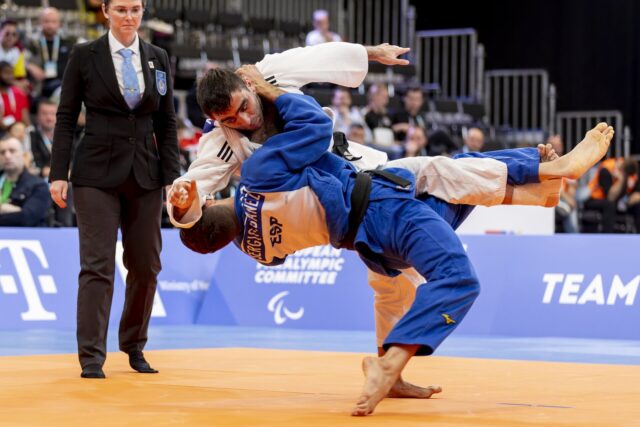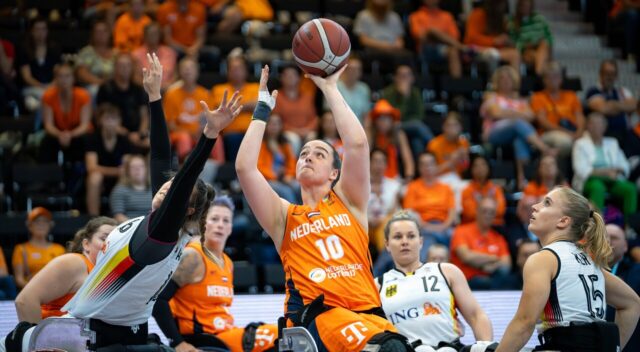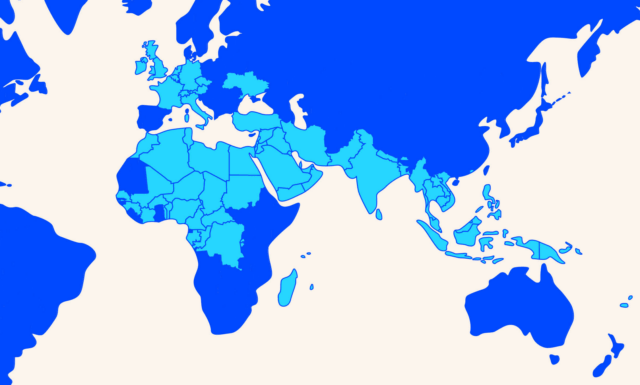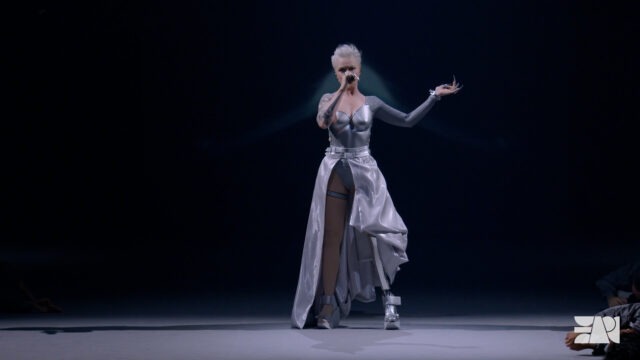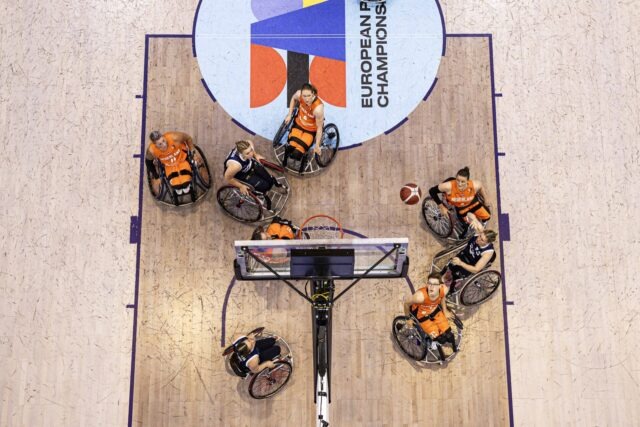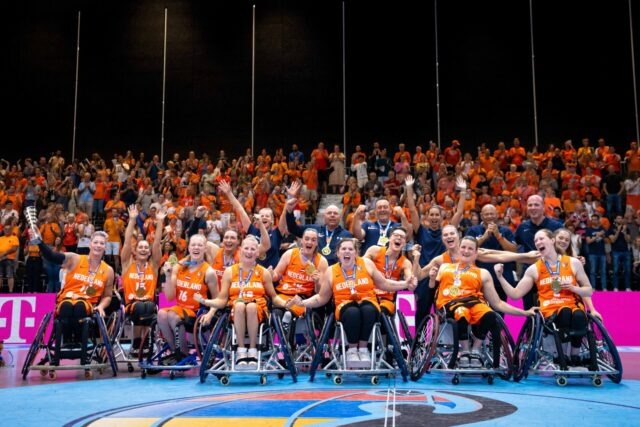Para archery is a sport that is open to individuals with a range of disabilities, including those with physical impairments or visual impairments. The sport involves using a bow and arrow to hit a target meters away. Para archery has been an official Paralympic sport since 1960 and has grown in popularity in recent years. Athletes in para archery compete in different classifications based on their level of impairment, ensuring that everyone has a fair chance to compete. Para archery is a thrilling and challenging sport that requires strength, accuracy, and focus, and is a shining example of how sport can be inclusive and accessible for all.
In para archery, the rules are similar to those of able-bodied archery, with a few modifications to ensure fairness and safety. Here are some of the basic rules:
- The target is set at a distance of 70 meters for recurve and 50 meters for compound.
- Archers have a specified amount of time to shoot their arrows, typically 40 seconds per arrow.
- The target is divided into ten concentric rings, with the innermost ring worth the most points (10) and the outermost ring worth the least (1).
- Athletes are classified into different categories based on their level of impairment, and each category has its own set of rules.
- Athletes with physical impairments may use adaptive equipment such as release aids, sights, and wheelchair mounts, as long as they comply with the rules.
- Athletes with visual impairments shoot with the help of a sighted spotter, who verbally describes the position of the target and the athlete’s arrow.
One of the key aspects of para archery is the classification system, which is used to group athletes into different categories based on their level of impairment. The classification system ensures that athletes are competing against others with similar levels of impairment, which makes the competition more fair and competitive.
There are currently nine different para archery classifications, which are grouped into three main categories: open, standing, and wheelchair. The open category is for athletes with impairments that affect their upper and lower limbs, while the standing category is for athletes with impairments that affect their lower limbs only. The wheelchair category is for athletes with impairments that require the use of a wheelchair.
In addition to the classification system, there are also rules around equipment and technique. For example, athletes with physical impairments may use adaptive equipment such as release aids and wheelchair mounts, but these must comply with specific guidelines to ensure fairness. Similarly, athletes with visual impairments shoot with the help of a sighted spotter, but the spotter must not provide any coaching or advice during the competition.
Overall, the rules and regulations of para archery are designed to create a level playing field for all athletes, regardless of their level of impairment. The sport is constantly evolving and adapting to ensure that it remains safe, fair, and inclusive for all participants.
The sport is governed by the International Paralympic Committee (IPC) and World Archery.





